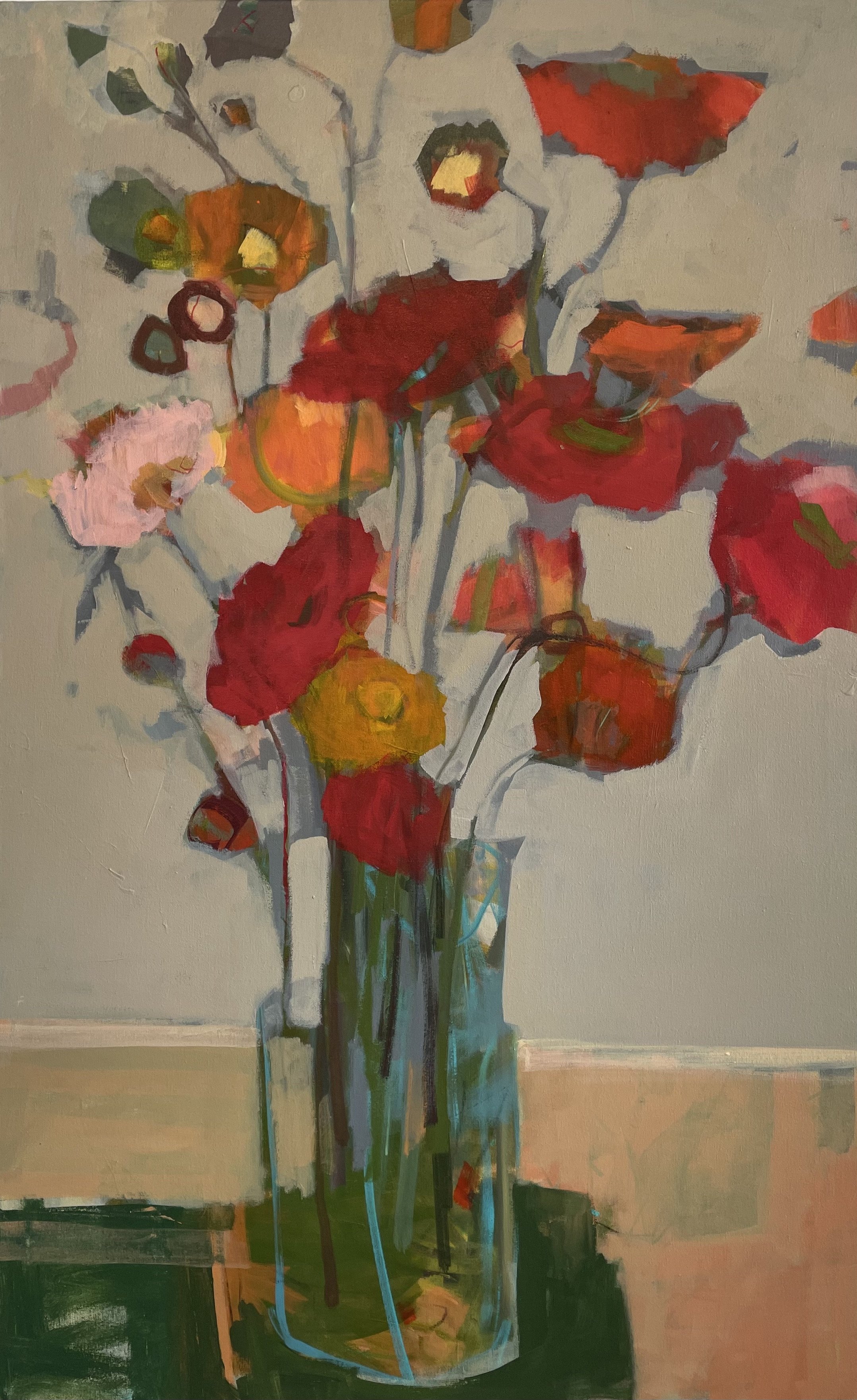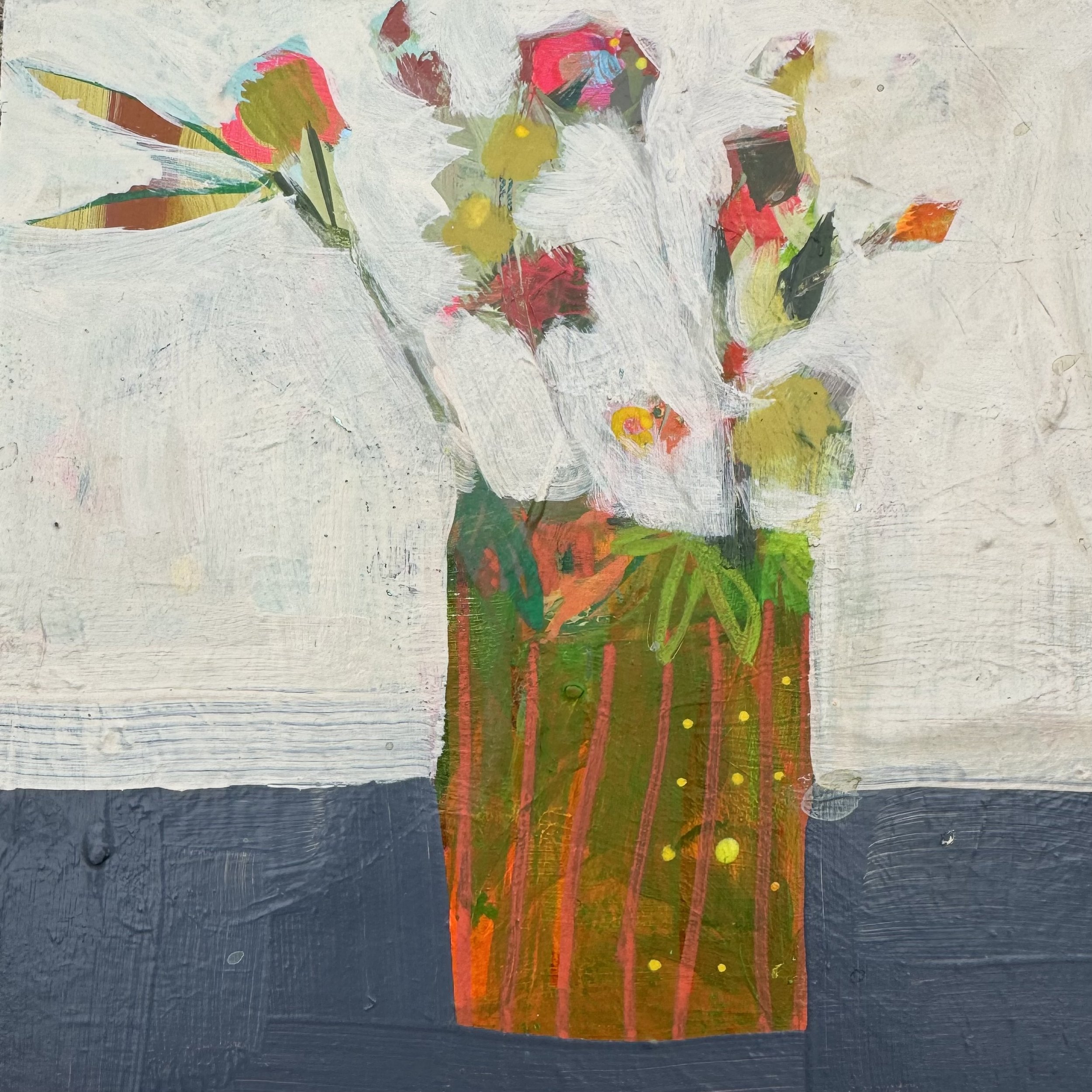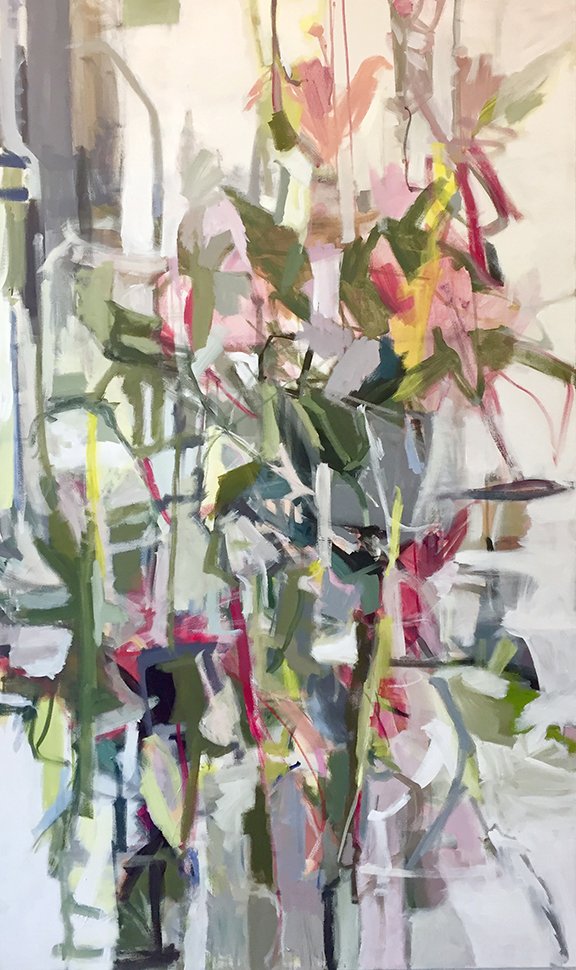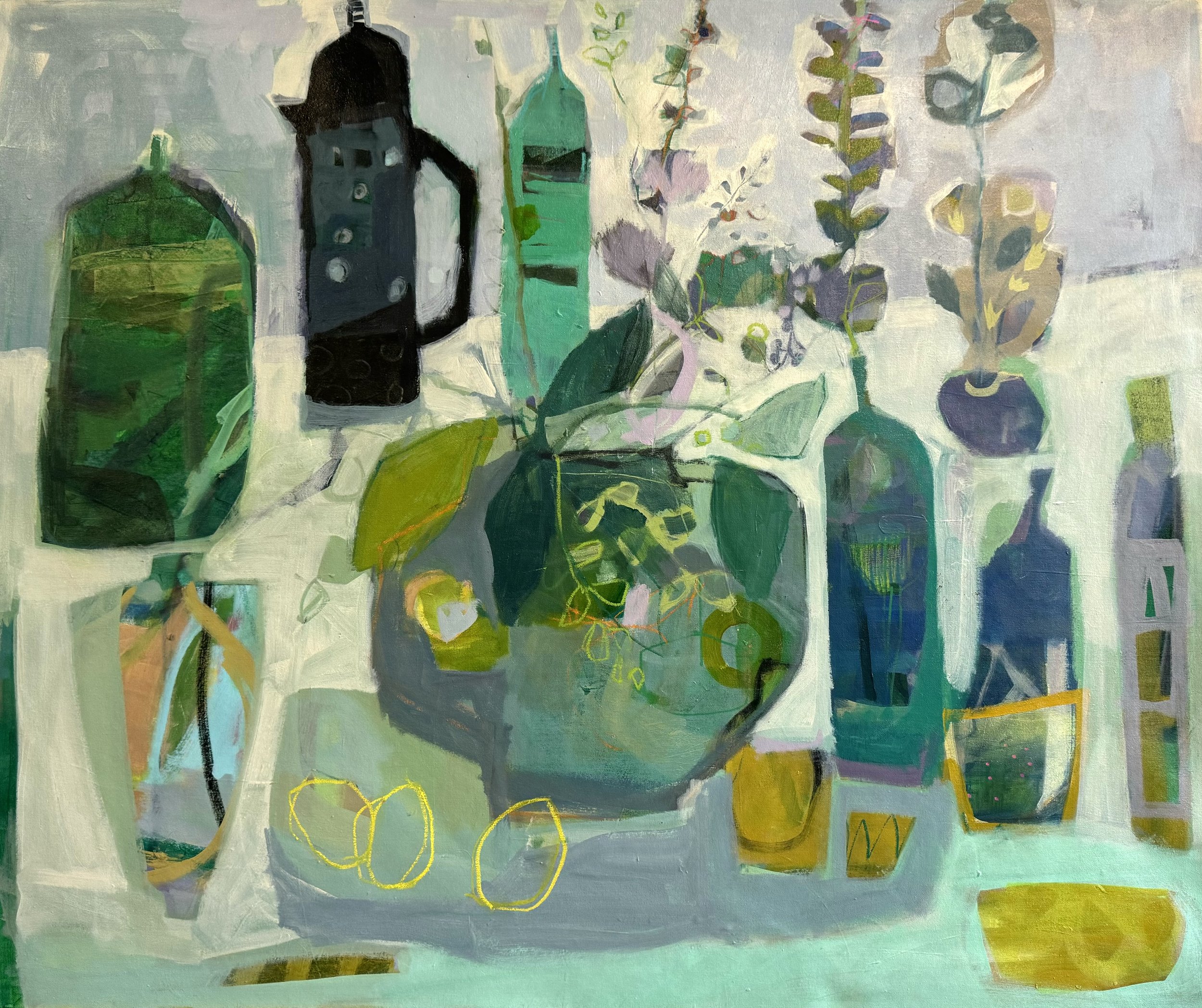How Van Gogh’s Sunflowers Sparked a Floral Art Revolution
Van Gogh didn’t just paint sunflowers—he rendered a raw reaction to life and captured the fleeting beauty of existence. His Sunflowers series (1888) was revolutionary, turning a simple still life into a work of unrestrained passion and intensity. The golden blooms, some bursting with life, others wilting, reflected the cycle of existence and paved the way for modern expressionistic artists.
How Did Van Gogh’s Sunflowers Lay the Foundation for Today’s Expressionists?
Before the 20th century, floral paintings were precise, elegant, and controlled—more akin to quiet tea parties than visual revolutions. Then came Van Gogh, disrupting the scene with his wild, swirling blooms that refused to sit still. His passionate, unfiltered approach laid the foundation for modern expressionism, where feeling eclipses realism.
Imagine a world where flowers are power-packed messengers of emotions and unfiltered energy. That’s the heart of Expressionist flower paintings. Van Gogh’s Sunflowers helped pave the way for Expressionistic floral art.
Expressionist floral painters like Jodi Ferrier build upon this legacy, using bold palettes and abstract forms to channel a raw response using flowers as a subject. Like Van Gogh, Ferrier’s paintings don’t just depict flowers—they throb with energy, each brushstroke carrying movement, depth, spirit, color, and texture.
Emotional Expression: The Wild Roots
Born in the early 1900s, Expressionism rejected realism in favor of deep, personal, and often exaggerated emotion. Flowers became a perfect subject, symbolizing love, loss, joy, and the fragility of time. Van Gogh’s Sunflowers captured this intensity and became the wild roots of modern expressionists.
Jodi Ferrier epitomizes these wild roots with her gestural strokes. Like Van Gogh, she paints what she feels, not just what she sees—allowing each petal, stem, and shadow to embody a mood rather than a rigid, realistic form. In her work, color sings, movement dances, and flowers feel alive.
The Universal Pull of Motion, Line, and Form
Why do certain modern expressionistic compositions grip us instinctively? It’s because our brains are wired to follow lines, shapes, and rhythm—a survival mechanism that once helped us detect motion. Van Gogh understood this intuitively, using swirling brushstrokes and dynamic composition to guide the eye and evoke emotion. Ferrier achieves a similar effect.
Her floral compositions are rarely static; they lean, stretch, or vibrate with gestural energy, drawing us into their world. Like Van Gogh’s Sunflowers, Ferrier’s flowers are not passive—they demand attention, engaging the viewer innately.
Artistic Approach: Process and Results
An artist’s approach defines their work as much as their subject. Van Gogh painted obsessively, rapidly, and with urgency—often finishing a piece in a single session. His thick, expressive strokes created a tactile, sculptural effect, turning the act of painting into an extension of feeling itself. Ferrier works in a similarly intuitive and expressive manner, favoring exaggerated colors and fluid, energetic forms.
Like Van Gogh, her process prioritizes passion over precision, resulting in works that feel immediate, alive, and deeply personal.
Both artists blur the line of representation, creating florals that pulse with life rather than sit politely on a canvas.
No One Painter’s Reaction to a Subject is Right or Wrong—It’s Artistic Style
An artist’s style is as unique as handwriting—there’s no single "correct" way to depict a subject. Van Gogh’s Sunflowers are unmistakable because of his bold, swirling movement, color choices, and depth.
Ferrier’s work shares this expressive DNA. Her brushwork, color layering, and gestural strokes reflect a deeply personal interpretation of florals. Though separated by over a century, both artists use flowers as a vessel to go beyond the literal and capture the soul of the subject.
Artistic Themes: Everyday Surroundings and Objects Trigger Emotions and Memories
Just as Van Gogh drew inspiration from his immediate surroundings, Ferrier’s florals reflect a modern interpretation of the world around her. Her florals, in particular, trigger memories, nostalgia, and universal recognition. They provoke a fleeting feeling of wistful beauty.
Through the lens of Expressionism, a bouquet is never just a bouquet. It is love, loss, joy, chaos, longing—wrapped in a riot of color and movement.
Expressionist Florals as a Living Legacy
Vincent Van Gogh’s Sunflowers marked a turning point in art history—florals were no longer just decorative; they were emotional, powerful, and alive. He is considered a post-impressionist artist and the Father of Modernism. This legacy paved the way for contemporary modern painters.
From Van Gogh’s swirling yellows to Ferrier’s contemporary vibrance, florals have become an enduring artistic language—one that doesn’t just depict nature but evokes a visceral, deeply felt experience.
Ultimately, Vincent Van Gogh’s fearless brushwork redefined florals. Today, artists like Jodi Ferrier carry this legacy forward, using bold strokes to prioritize feeling over form. Van Gogh’s influence endures, transforming flowers in art from mere subjects into powerful and passionate expressions of emotion.















